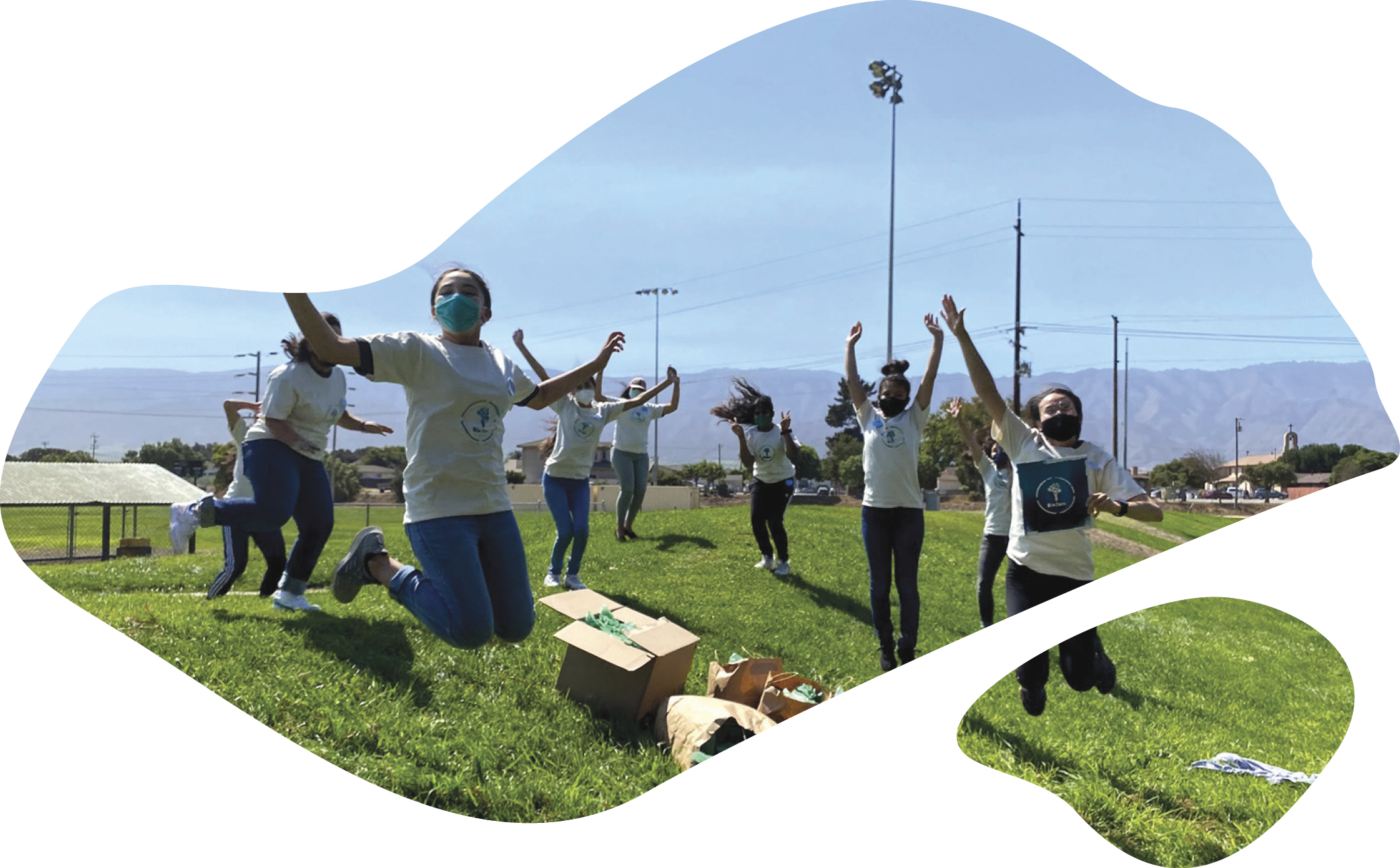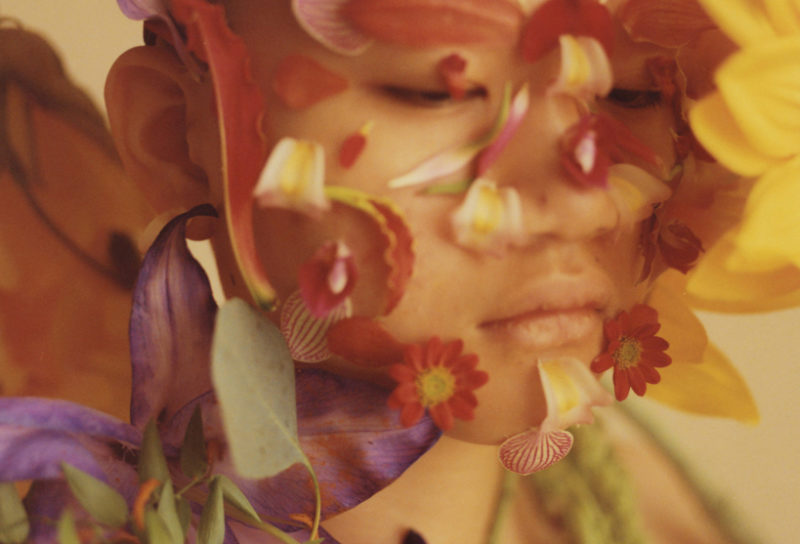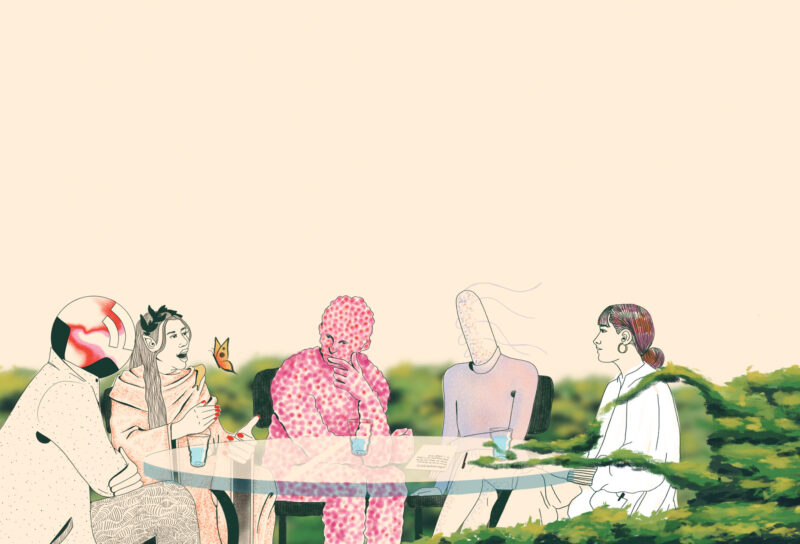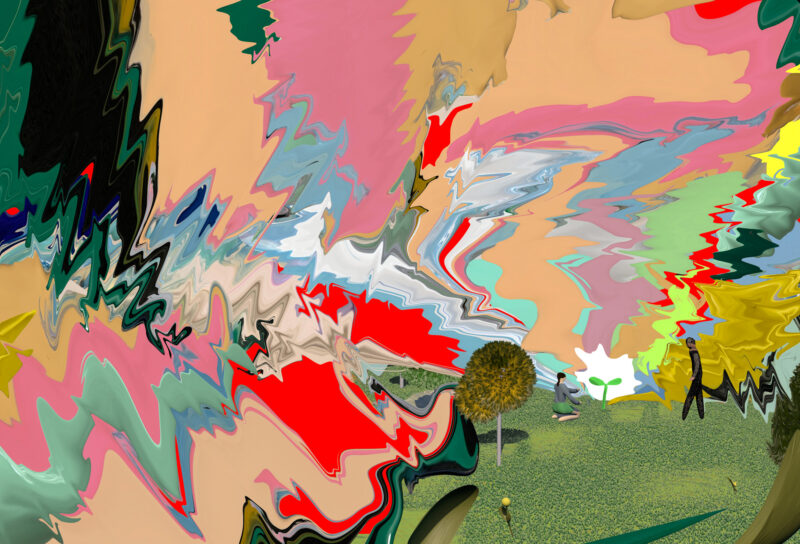Local problems require local solutions with a global perspective. From central California to South America, the United Kingdom to Cameroon, the leaders of today and the talent of tomorrow are writing and rewriting the story of synthetic biology: what it means to be a scientist, what it means to innovate, and how to rethink these concepts in accordance with their historical experience. It is from this specificity that the universality of the next frontier of synthetic biology emerges — one that advances equity by centering not only the people who create and “do” science, but also those who benefit from, or who might be harmed by, these very creations.
This series of conversations profiles leaders who are working toward both a more local and a more global vision of synthetic biology, imagining a future in which increased and equitable access to science leads to an inexplicable number of possibilities for communities all across the planet.
Beneficial Bio
Jenny Molloy and Stephane Fadanka
Based in Cambridge, United Kingdom, and Yaoundé, Cameroon, Beneficial Bio is a network of scientist-owned social enterprises that uses tomorrow’s biology — reagents, intellectual property, hardware, policy, economics, and more — to help create a bioeconomy that is more self-sustainable, open, and equitable in Africa and the Global South. Many of these tools are developed through academic partnerships with the Open Bioeconomy Lab, headquartered at the University of Cambridge.
Aishani: What made you want to start Beneficial Bio?
Stephane Fadanka: As a scientist in Cameroon, I had difficulty accessing reagents and even equipment in a timely manner — it delayed my graduation. With Beneficial Bio and its partnership with the MboaLab [a makerspace and community lab in Cameroon], we are working to solve this problem that I and many others have faced. One way we plan to do this is technology transfer — being able to produce our own proteins and reagents locally. Biomanufacturing in Cameroon has mostly been for industry; the headway we have made in enzyme biomanufacturing is really the first step, and we work on it because it is a real, immediate problem. The second is education: training young researchers and local students to learn basic biotechnology skills and enabling people to share any biological input of sorts with our Reagent Collaboration Network (RECLONE) to facilitate access.
Aishani: What is on the horizon for you and the MboaLab?
Stephane Fadanka: The end goal is to truly solve the reagent access problem by providing local products in an affordable, timely, and competitive manner, rather than relying on the typical Big Biopharma companies. We have three departments in the lab — engineering, biotech, and communication — and want to increase capacity, advance techniques, keep solving challenges in the context of local manufacturing, and shift from cell-based protein expression to cell-free work. The second piece is involving policymakers in the whole equation. How do we build the right relationship with local authorities, so we are not on our own? This is how you reach more people, which is always important. The goal is to create a network for people who can then reach out to others.
Aishani: How do you go about effectively setting up partnerships through the Open Bioeconomy Lab?
Jenny Molloy: You really have to talk to potential partners and get on the same page about what everybody wants out of the partnership. In Cameroon, there were existing, established research centers for biotechnology, but it seemed better to start something independent with its own culture based on our shared values that would link tightly with social enterprise through Beneficial Bio and also community initiatives that MboaLab built over many years. Typically, however, we will work within structures and institutions. Our partner, the Ethiopian Biotechnology Institute, for example, meshes biotech with emerging technologies like automation, AI, and robotics. We are excited by their very development-oriented mission to bring biotech as a public good to the country, and their strong support from government. What’s most important is having a group of people with a common vision of how to use biotech, build equity, reduce dependencies, and build local autonomy. Even if there are different organizational structures, you just need to align vision and values — you can build a lab and do the rest around it, but it won’t succeed without that local leadership.
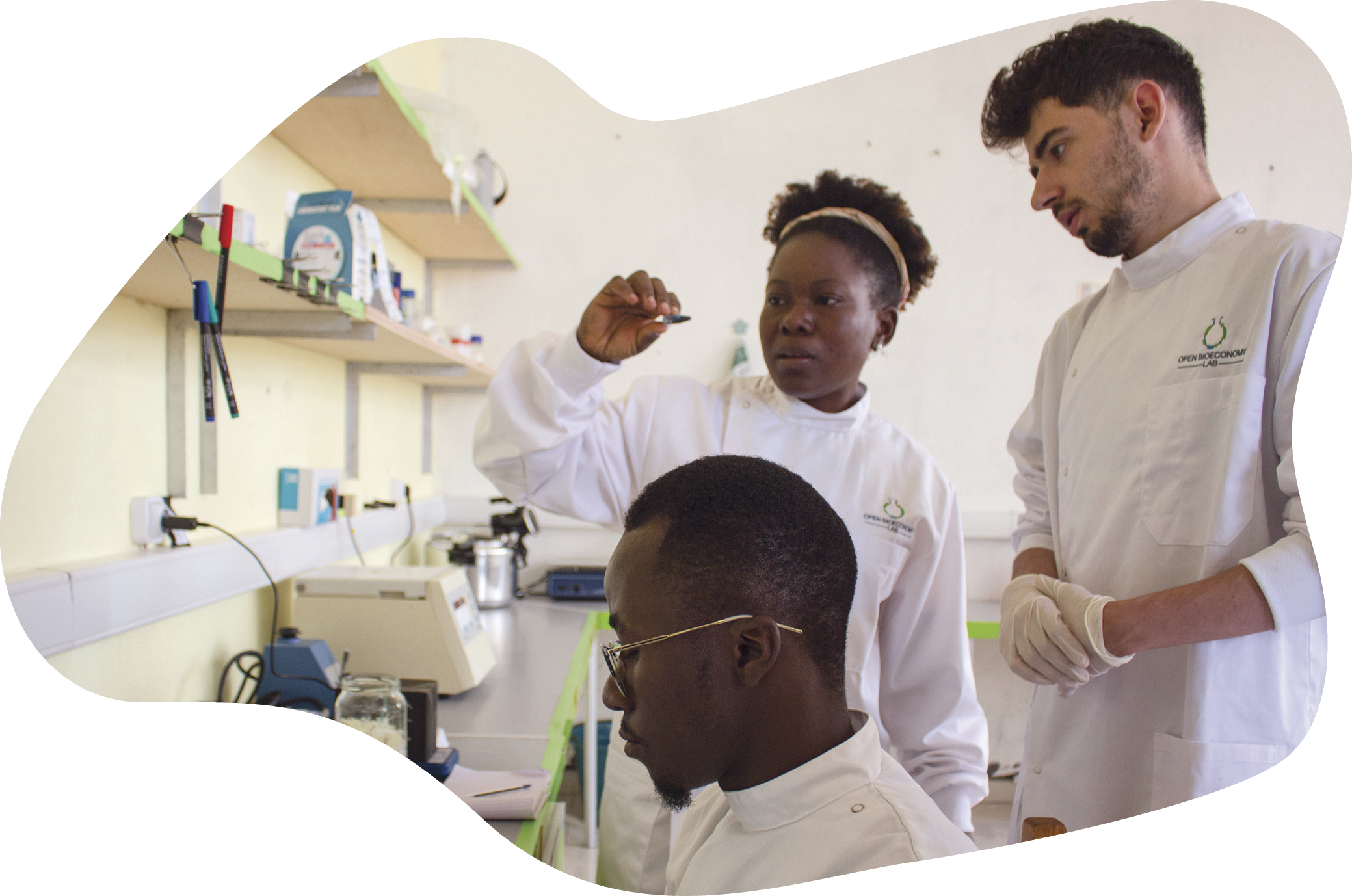
Aishani: You strive for “science as a public good.” What does that mean, and why is it important?
Jenny Molloy: It means that there is an accessible way for scientists and decision makers globally to shape the direction of technology. The ability of people to make decisions about what matters in their contexts and about what the benefits of biology are and can be is an important concern. For example, researchers in the Global South often collect data and leverage the incredible biodiversity that is sovereign in their own country—such as medicinal plants or extremophile bacteria—but the analysis is often done by international partners due to funding and capacity constraints. All countries should have the funding and capacity to take that biodiversity and turn it into something useful locally to grow the economy and improve the health care system, through the whole innovation life cycle. Right now, the power and agency to shape biotech is distributed very unequally. Biology as a public good means that this power should be diversified on a global scale. That means running experiments and building knowledge locally; making the results of science and technology more accessible through open research and open source technologies; and making the global systems of science and innovation more equitable by foregrounding local autonomy and biotech for public benefit.
Xinampa
Ana Ibarra, Corinne Okada Takara, Melissa Ortiz, Omar Perez
Xinampa is a community-based organization in Salinas, CA, which is working towards a bioeconomy rooted in “ justice, democracy, liberty, and freedom for the next seven generations.” In pursuit of this vision, Xinampa hosts various community events and dedicates extensive resources to community outreach, hoping to give every individual the ability to create with biology.
Aishani: Xinampa’s motto pays homage to seven past and future generations. What does this mean, and why is it important?
Xinampa: Indigenous people, especially the Iroquois, plan for the seven generations before and after the current one to ensure that they consider the perspectives of both their ancestors and their descendants. To us, it’s about elevating that perspective. Often when we explore science, it’s an act of self, but our lens is skewed toward community actualization and how that leads to perpetual, multigenerational conversations. We are focused on figuring out how to leverage existing community and cultural knowledge in these conversations about biotech in the context of the young population of Salinas Valley, opening up those conversations to voices not currently being heard.
Aishani: COVID-19 has shone a light on many existing inequities within science at large — inequities in how science is constructed, and who has access to it. What should we be doing about that shortcoming?
Xinampa: Speaking about the future of biotechnology and the bioeconomy requires learning lessons from how [past technological transformations] have affected people and trying to improve upon that. This should have a strong equity component. Living so close to Silicon Valley, we have seen what the tech industry has done, both good and bad, and how the bad sides have more heavily affected communities of color. It has become a problem of access — whether in terms of getting the right education, or finding a place in the industry — and there is still a need to make a genuine attempt to impact communities positively, or at least enfranchise them in some way to better prepare them for the future. Equity has so much to do with access. How people fared during COVID-19, for example, had so much to do with their access to PPE [personal protective equipment] and health care. Another component of this is literacy — understanding how to speak about things, participate in conversations in classrooms and beyond, and most importantly actually be able to see yourself there. It also comes down to who gets to decide what questions are being asked. Thus far, the people most impacted by ag-tech and biotech are laborers, yet workers are not a part of the conversation. We need to build the vocabulary of science within families and communities, while pushing biotech to embrace a broader definition of itself.

Aishani: How should we be scaling initiatives to make synthetic biology and science more equitable, and what role does public policy play in facilitating that?
Xinampa: We were of the mindset that “if you build it, they will come,” but eventually realized that if the skill sets to fit those spaces are not there, they remain empty. Thus, we shifted our work from just building a lab to instead focusing on building literacy and curiosity. This meant working in activist circles and being good neighbors — advocacy work and relationship-building that has put us in a position where people are willing to be curious about biotech, ag-tech, and biodesign. Scaling means building relationships as they pertain to the community in which you want to operate. When talking about elected officials helping this along, it really comes down to money. Spaces like community labs, after-school programs, and areas in which the intersection of biology, technology, bioengineering, synthetic biology, and STEAM are taught and learned are drastically underfunded. On the other hand, better regulation to protect workers and safeguard against exploitation is another important avenue to consider. How do we produce secure and equitable legislation to protect the worker more than the corporate entity? We need to invest in systems and institutions that bring seven-generation preparedness when looking at the intersection of what are fundamentally justice issues and tackle them head-on as a community. You’re not just a scientist, bioengineer, or biodesigner, you’re an activist as well, because you cannot just talk about science and exclude environmental, racial, social, and economic justice.
iGEM Design League
Daniel Domínguez Gómez, Maria Astolfi, Ricardo Chavez
iGEM Design League is a new Latin America International Genetically Engineered Machine (iGEM) competition that revolves around the “Design” step of the Design-Build-Test cycle, in order to introduce synthetic biology to more individuals while addressing local problems. With this localized design approach, iGEM Design League hopes to introduce more people to the possibilities for innovation within the Latin American bioeconomy, and demonstrate all of the ways in which synthetic biology is already at work in the community.
Aishani: What is the story behind the birth of iGEM Design League?
iGEM Design League: We noticed that people from some communities weren’t able to participate [in iGEM] because they couldn’t access a lab and lacked the correct advisers or funding. The pandemic was an opportunity to take a break and analyze the status quo further, and thus came the idea of a new experience to break down barriers and focus instead on local people solving local problems by focusing on only the design piece of the Design-Build-Test cycle. Fundamentally, it is an effort from iGEM to make synthetic biology more accessible — it is a look into the future and an educational push. This brings in a new perspective that could be very powerful for synthetic biology in the future by providing people with the tools and the right partnerships to make a lasting impact. We are really excited to be able to bring a global perspective to this conversation while fostering its own Latino identity.
Aishani: When people think of the synthetic biology and biotechnology world, they often think of San Francisco and Cambridge, Massachusetts, or a handful of other cities. For those who are not as familiar, what is so special and unique about the Latin American perspective on synthetic biology?
iGEM Design League: In a way, this region has worked with biology and technology for centuries, but perhaps not in ways that fit the model of what we deem to be synthetic biology. For example, in Manaus, Brazil, clothes and cosmetics are designed and cultivated from nature. It is a synthetic biology fairytale that already exists. You usually hear the same speech about how there is immense biodiversity in Latin America, but the true question is what we are doing with this biodiversity. If we keep having an extractive mindset, even if it’s framed as a sustainable use of natural resources, the relationship will always be exploitative. Synthetic biology has the power to shift how we perceive natural resources, building better systems to synthesize through design rather than deploy ways to use resources. This incredible talent and biodiversity needs to be addressed in another way: We need to enable people to tell their own stories instead of telling them how they should do synthetic biology.
Aishani: How can the Design League help make iGEM more equitable?
iGEM Design League: First, you have to acknowledge that you don’t have all the answers, and be prepared to learn from a variety of different communities and perspectives. There’s work to do in democratizing biology, building community, and increasing accessibility — this is where there is a lot of opportunity within design. How provocative is the idea that you can design biology everywhere without having to test and build? With foundries operating based on these designs, you’re decentralizing the process — this is a potential model for the future based on global connection and collaboration. It decouples the steps of this cycle for growth and brings more voices into the design side of it. iGEM has demonstrated what can be done after 17 years by empowering students all over the world. Now the question is: What happens when you unleash the creativity of 1,000 Latinos a year? We do not know the answer yet, but it will be incredible and hopefully serve as a model for future work.
Aishani: To close this interview, we would like to ask each of you the same question. What are your hopes for advancing equity in synthetic biology?
Beneficial Bio
Jenny Molloy: That the challenges we’re trying to solve become embedded in the consciousness of the world in the same way that equitable access to diagnostics and vaccines has as a result of the COVID-19 pandemic, and that this will lead to support for the entire ecosystem to solve them.
Stephane Fadanka: To see Africa involved in synthetic biology without limitations or boundaries, and to make it accessible to all — to the many, not the few.
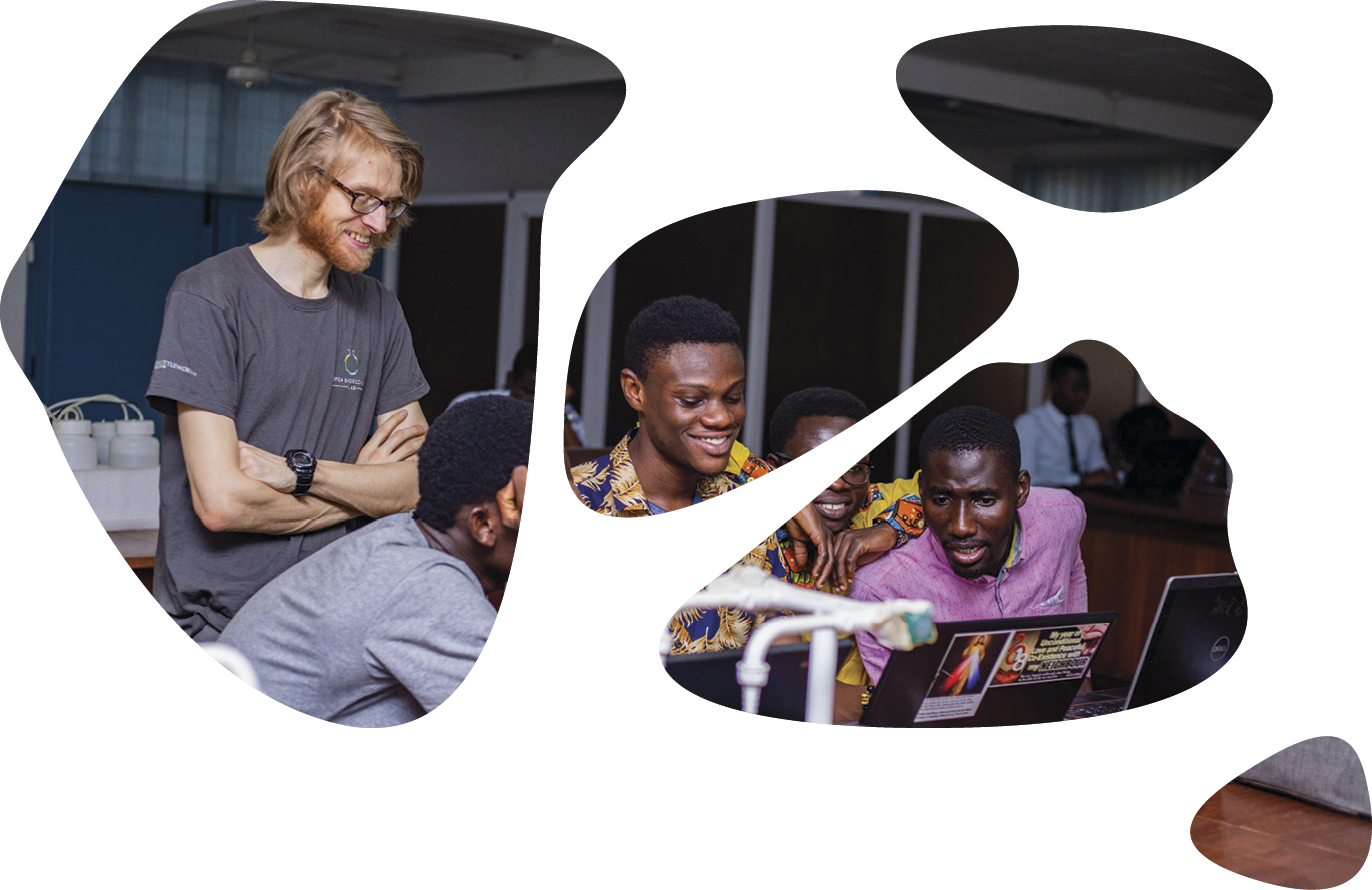
Xinampa
Ana Ibarra: Finding appropriate equitable funding to develop workforces and community-level organizations, as well as organizations that bridge the gap between academia, industry, and community.
Corinne Okada Takara and Melissa Ortiz: All of the biodesign programs being developed — they’re a great anchor to engage youth in Salinas. We look forward to working to determine how that can be expanded, and for it to be in-person.
Omar Perez: A continued awakening of community to take ownership of this industry — not just having a seat at the table, but rather being at the head of the table.
iGEM Design League
Daniel Domínguez Gómez: To see more young people getting interested in and passionate about synthetic biology, using their creativity to come up with solutions for local problems with a global perspective, and serving as an inspiration — both as people and with their projects — for future generations.
Maria Astolfi: Empowering students and new communities and perspectives with global collaboration.
Ricardo Chavez: The outcome of this regional approach we’re taking, the impact it could have on the region, especially when iGEM has already demonstrated what can be done globally.
Interviews have been edited for length and clarity.
